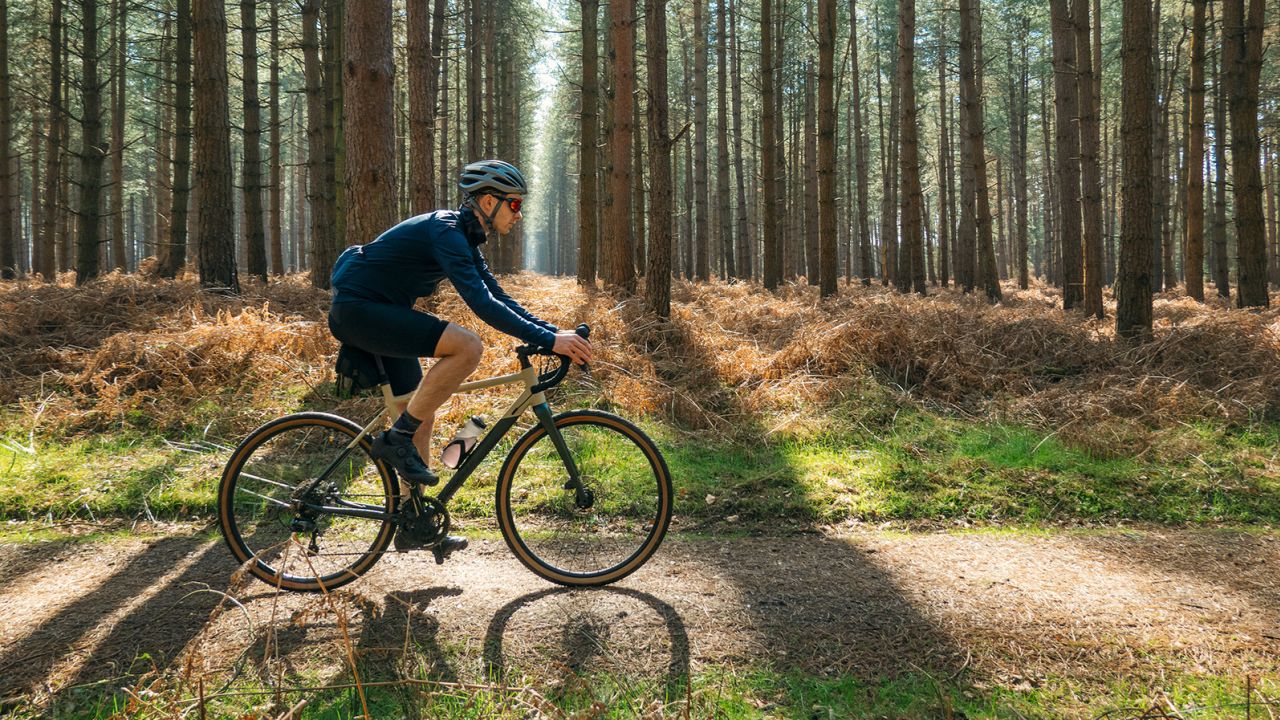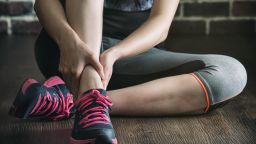Editor’s Note: Before beginning any new exercise program, consult your doctor. Stop immediately if you experience pain.
When you hear the term “muscle memory,” it conjures up images of your muscles being able to memorize certain movements, such as dribbling a soccer ball or playing “Happy Birthday” on the piano. But while muscle memory is real, that’s not what is actually going on in your body.
What’s more, science says there are two different kinds of muscle memory. One type, neurological, is tied to the recall of learned activity, while the other form, physiological, is related to the regrowth of actual muscle tissue.
Understanding how both kinds of muscle memory work can help you get off to a strong start if you’re establishing a new fitness routine or rebooting one after a break.
The neurological form of muscle memory is probably the type most of us associate with the term, as it has to do with the phenomenon in which it appears our muscles are “remembering” specific movements. Even if you haven’t ridden a bicycle in several years, for example, you can probably hop on one and pedal with ease. Ditto with plunking out a song on the piano that you may have memorized as a kid.
But the reason you can ride that bike or play the piano is not because the muscles in your legs or fingers memorized the necessary movements.
Instead, it’s due to motor learning that occurred in the central nervous system, which is comprised of your brain and spinal cord. Through continued repetition of certain movements, your brain and spinal cord — working both in tandem and independently — create strong and efficient neural pathways to transmit the appropriate signals to whatever body part needs to be activated.
This type of muscle memory also means your brain no longer has to think so much about the movement, said Brett Johnson, CEO of Chicago-based SwitchedOn Training Inc., who holds a bachelor’s degree in neuroscience. When you’re initially learning a new movement or skill, you are in the cognitive stage, Johnson said, where your movements are slow and inefficient and there’s high activation in the prefrontal cortex, which is your brain’s thinking region.
From there you progress to the associative stage, during which your brain is still working hard, but your movements are becoming more fluid and consistent.
Muscle memory is achieved when you reach the autonomous stage. Your performance is now smooth and accurate, and your brain’s main activity has switched to the basal ganglia, the region involved with automatic functioning.
There is one caveat to neurological muscle memory, though. If you don’t have oversight from a trainer, coach or teacher as you lay down these neural pathways, you may inadvertently develop bad form, whether that’s running with an inefficient stride or slouching over the keyboard. And poor technique could increase your risk for overuse injuries, according to research.
“Be conscious about the movement patterns you develop,” Johnson said, “knowing that these patterns will become ingrained and harder to break over time.”
That being said, Johnson noted some experts believe there’s not always one correct technique for every movement, as people employ slightly different techniques or make certain movement modifications based on their individual constraints, such as height, weight and fitness level. In soccer’s goalkeeping community, for example, Johnson said some believe a wide stance isn’t the best technique. Yet a study published in the journal Sports Biomechanics has suggested a wider stance actually may be more effective.
Physiological muscle memory
The physiological side of muscle memory has to do with the ability to quickly regain lost muscle. This is often seen in people who frequent the gym, then have a prolonged break in their routine. While they may lose muscle mass due to their inactivity, it will typically return more quickly than when they first put it on.
This form of muscle memory occurs because when you first build muscle, your body adds new cells to those muscles. But when you lose muscle, those new cells don’t disappear, as previously thought. Instead, they stick around and are easily reactivated when you return to your typical routine. This was demonstrated in a review published in a 2019 issue of Frontiers in Physiology.

“Muscle comes back remarkably quickly,” said Nick Mitchell, founder and CEO of Ultimate Performance, a global personal training company based in Manchester, United Kingdom. “It never ceases to amaze me, even after all of these years.”
While there’s broad agreement in the scientific arena that muscle mass returns more quickly than it takes to bulk up in the first place, there are still plenty of unknowns. For example, how long can you step away from an activity and expect your muscles — or brain — to reactivate with ease?
Unfortunately, there’s no consensus on the time frame. “Everybody brings something different to the party,” Mitchell said. “Different genetics, sleep patterns, stress mechanisms, diets.” What is known, he said, is that the longer you’ve had those beefy biceps, the more slowly they’ll disappear with inactivity and the faster they’ll return once you resume exercising.
READ MORE: Sign up for CNN’s Fitness, But Better newsletter series. Our seven-part guide will help you ease into a healthy routine, backed by experts.
Regular exercise and muscle function
Indeed, numerous scientific studies have shown that muscles behave differently in those who regularly exercise compared with those who do not, said Dr. Jagdish Khubchandani, professor of public health at New Mexico State University in Las Cruces. Yet large-scale, long-term studies are scant, partly because it’s difficult to accurately measure people’s activity levels or track them for years.
Thus, while scientists now know that when you gain new muscle cells they don’t disappear the minute you stop working out, they don’t yet know if they will disappear after a certain level or length of inactivity. This will be one area of focus for the next generation of studies.
Until then, Khubchandani offered some advice. “Don’t stay away from biking so long that you forget how to bike. The longer you stay away from an activity, the longer it takes your brain to get back to it. Your muscles, too.”
In addition, exercise is not just about muscle memory, but also about willpower. “And your willpower gets weaker the more distant you are from activity,” Khubchandani said.
Melanie Radzicki McManus is a freelance writer who specializes in hiking, travel and fitness.



